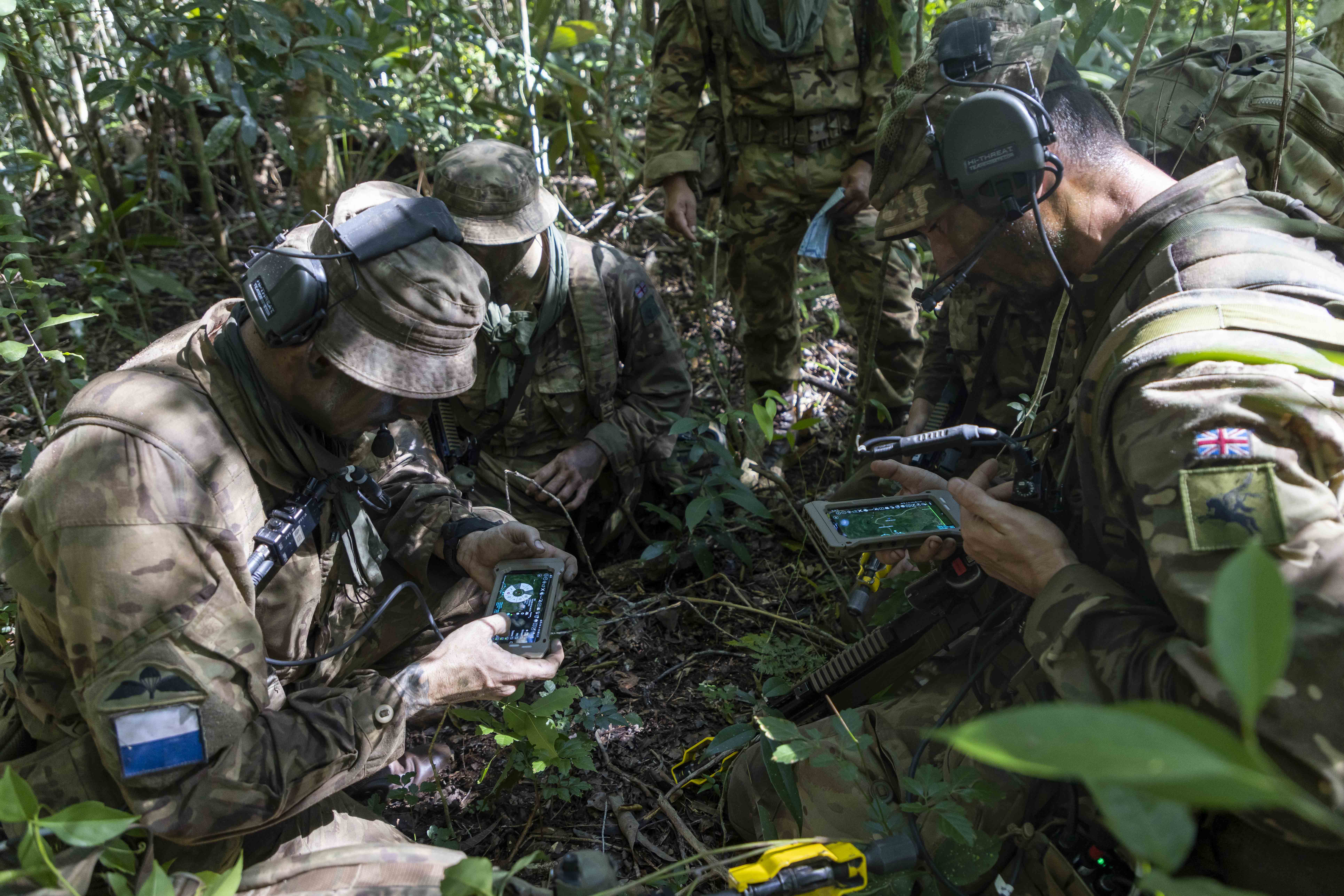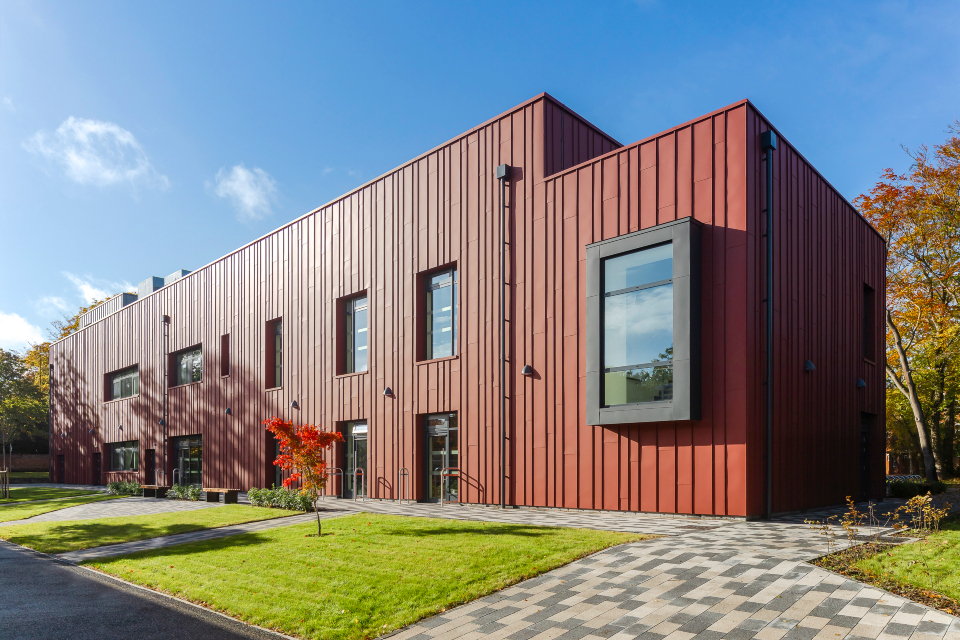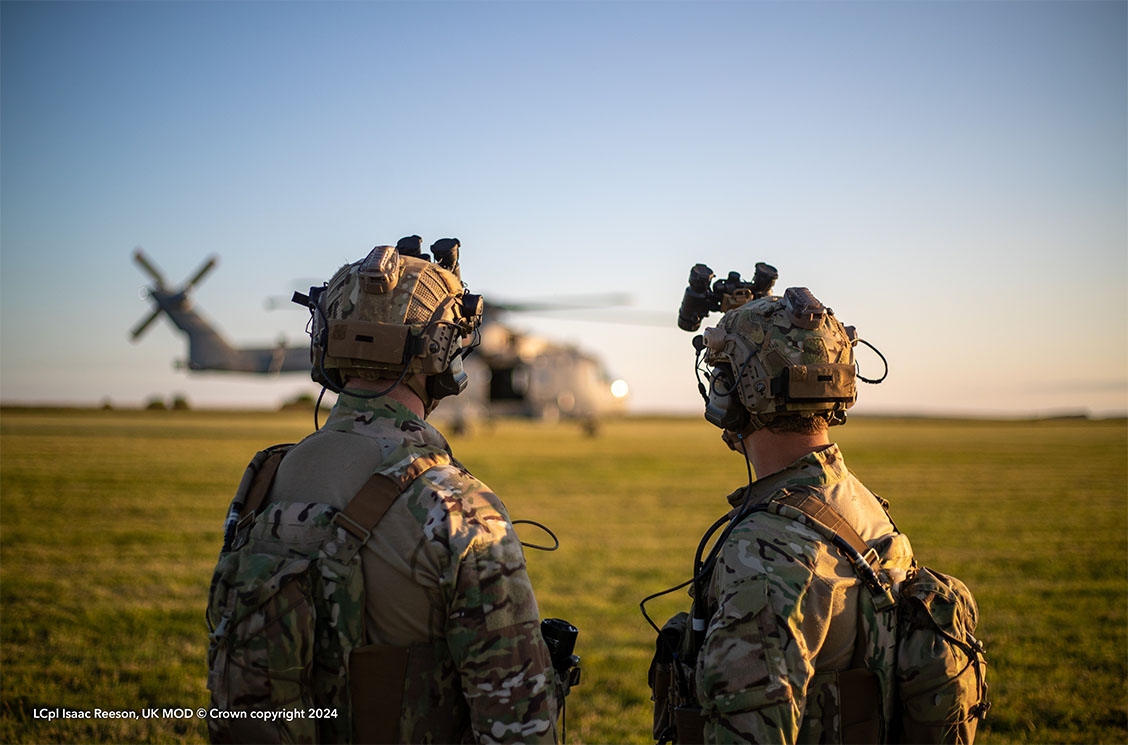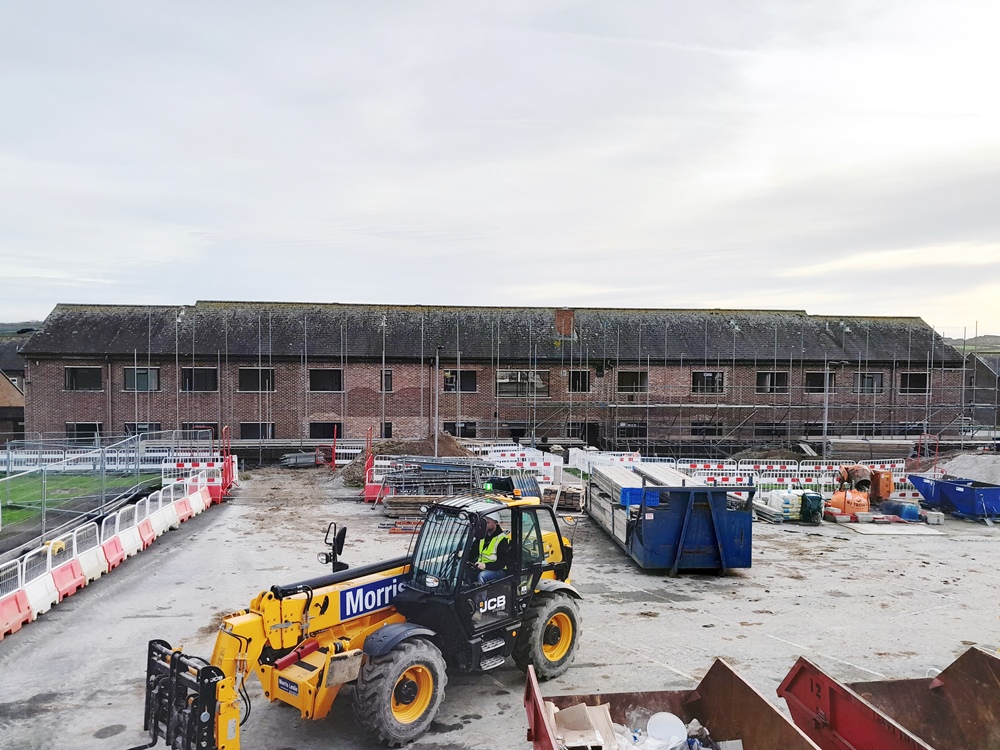British Army's airborne signallers test tactical smartphone in Belize jungle

Above:
British Army signallers work to establish a comms network.
Courtesy British Army
The 216 (Parachute) Signal Squadron, Royal Corps of Signals experimented with Android Tactical Assault Kit (ATAK) in the jungles of Belize on Exercise Mercury Canopy.
ATAK software gives troops on the ground the functionality of a smartphone, with mapping, messaging, and the ability to share video and imagery.
For the exercise, 216 (Para) Sig Sqn developed software and servers to connect soldiers across oceans and up the chain of command, as well as deploying into the jungle to establish a wideband radio network to beam data back through the dense canopy.
The signallers’ work culminated in a simulated mission that saw live video feed of a target sent back from an observation post deep in the jungle to the squadron’s command post and then, by satellite feed, back to 16 Air Assault Brigade Combat Team headquarters in Colchester for analysis.
As the section commander in charge of a team establishing one of the relay points, network engineer Corporal Jack Morgan saw the benefits of ATAK for himself.
“Out in the jungle, we had to work hard to establish our communications network,” he said. “ATAK made wider co-ordination and situational awareness easier, saving time and giving me less to worry about as a commander. You’ve got your own location fixed, where other callsigns are, a chat function, phase lines and so on, and that’s all updating in real time.
“All the information you need is there on the screen in front of you, so that way you can make the best decision possible with the most information.”
Major Liam Crane, Officer Commanding 216 (Para) Sig Sqn, said the signallers had “set up the communications architecture” for ATAK to work.
“ATAK gives everyone visibility of the same battle picture, whether the user is a section commander in the fight or the brigade commander working in a different country, with specialist plugs-in for targeting information or medical data,” he said.
“It can be iteratively developed, so as you have new requirements you can develop your own software to meet them, which is what we have done for Belize.”
ATAK is an Android smartphone geospatial infrastructure and military situation awareness app based on technology initially created by the Air Force Research Laboratory (AFRL) in 2010 (originally based on NASA WorldWind Mobile) and developed by AFRL scientists and engineers through use and refinement in combat zones by US and allied forces.













